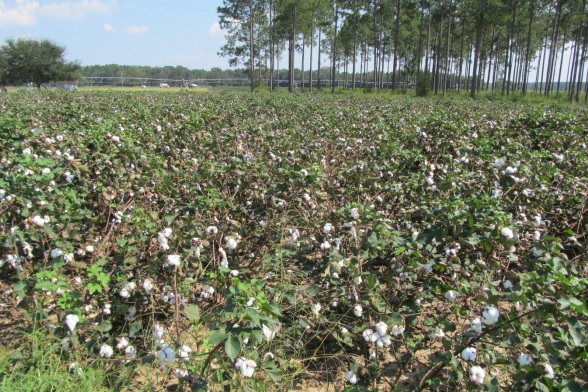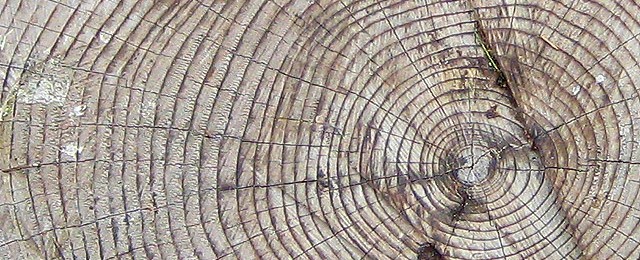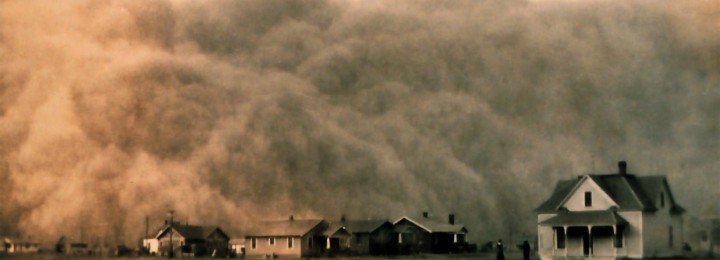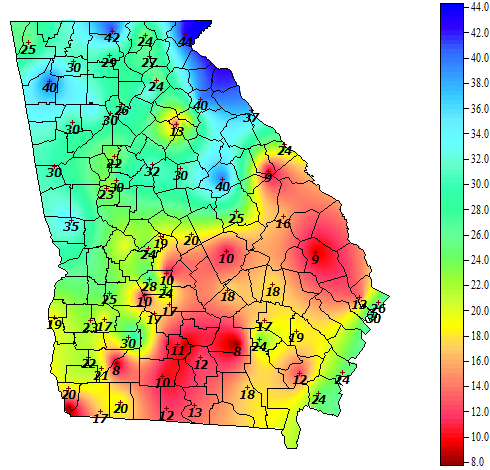-

For those of you who really like to plan ahead, here is some information about the 5th National Adaptation Forum, to be held in Atlanta GA on April 26-28, 2021. Never too early to get it on your calendar! You can read more about it and find a link to their next webinar on “Integrating…
Posted in: Events -

After the devastating loss of most of Georgia’s cotton crop to Hurricane Michael in 2018, producers are looking for a way to minimize these types of losses in future years. UGA cotton specialist Jared Whitaker is testing out some alternative strategies like planting earlier or spreading out the planting window so that not all cotton…
-

You know from previous blog posts that tree rings contain a lot of climate information encoded in the thickness of each annual ring, including information about temperature and precipitation as well as some occasional information about fires, floods and other impactful events. But you might not know that tree rings can also be used to…
-

Those of you who like to read about climate and history will be interested in this story published by AgWeb back in December. It talks about the severe loss of topsoil in North Dakota during the Dust Bowl and how shipping buffalo bones east further reduced soil fertility in the area because of the loss…
-

Vegetable and Specialty Crop News posted a story from UGA about the benefits of monitoring soil moisture by preventing overwatering by irrigation. Soil moisture sensors can be fairly inexpensive and can help prevent overirrigation, which can improve input costs. We also have soil moisture available at the UGA Weather Network stations around Georgia. You can…
-

The National Weather Service’s Southeast River Forecast Center has released their latest water outlook on YouTube. You can view it at https://www.youtube.com/watch?v=mCEYBR7tNoY&feature=youtu.be.
Posted in: Climate outlooks -

In spite of the warming temperature trend in the Arctic described in the other story I posted today, this year has been an exception. The polar vortex this year has been tightly contracted around the North Pole, leading to very cold temperatures in the interior of Alaska and an increase (at least for this year)…
Posted in: Climate and Ag in the news